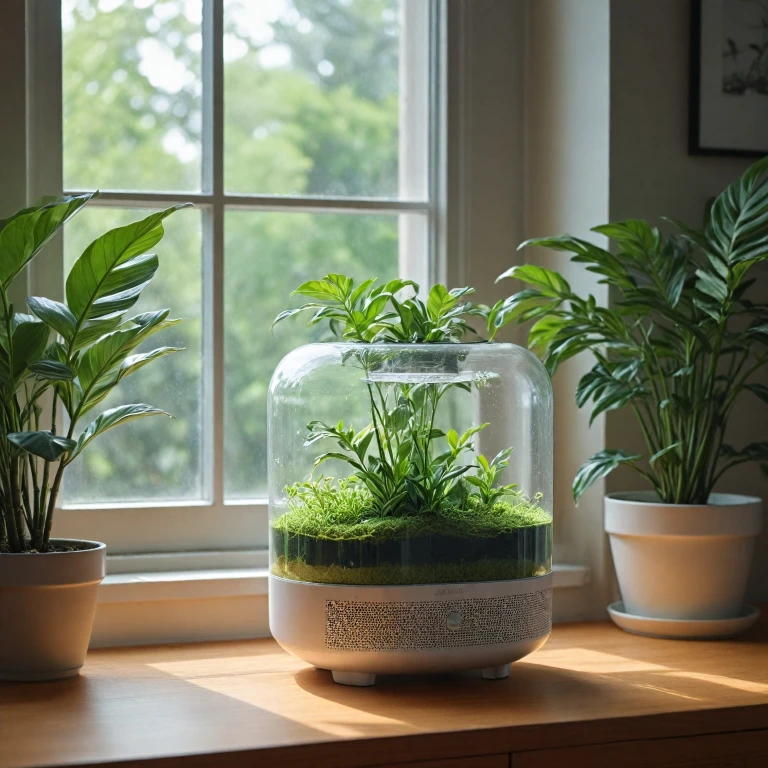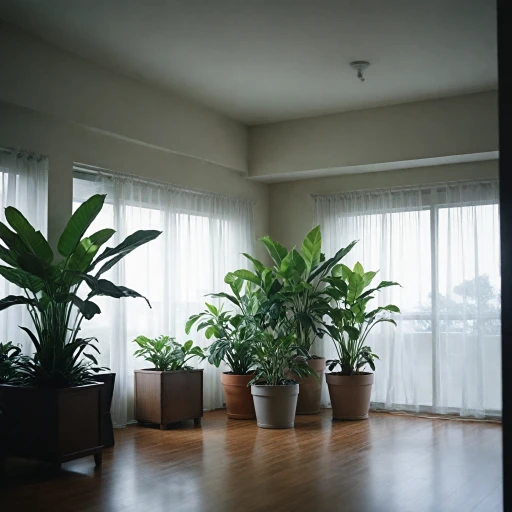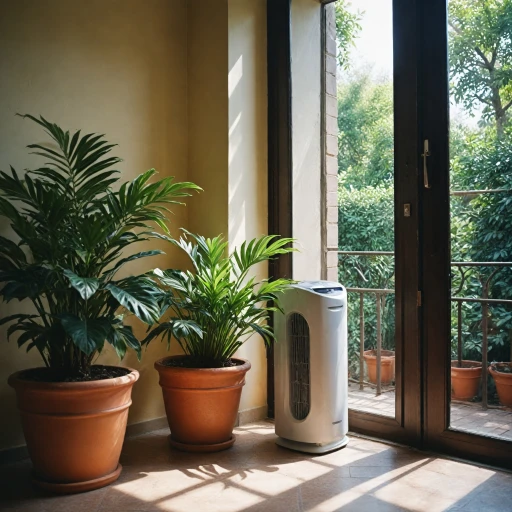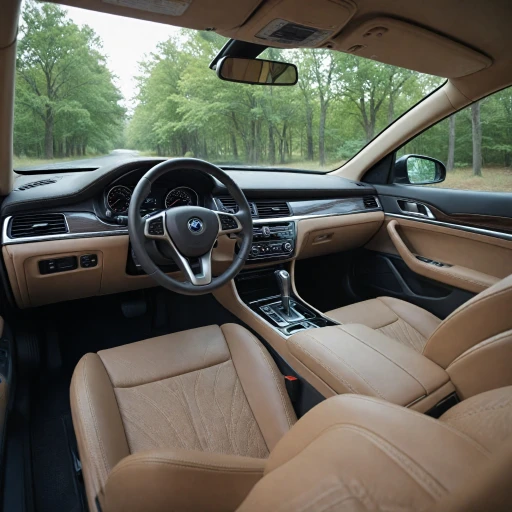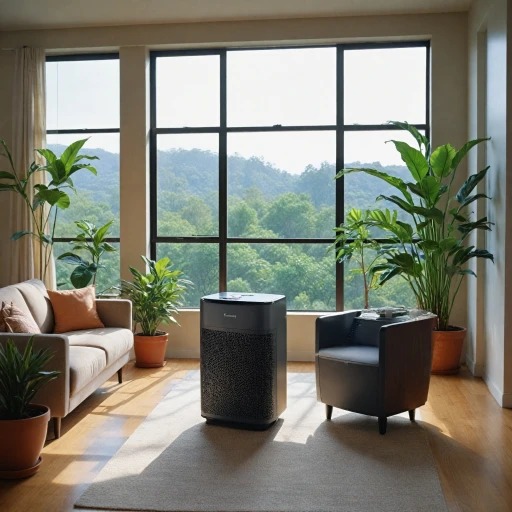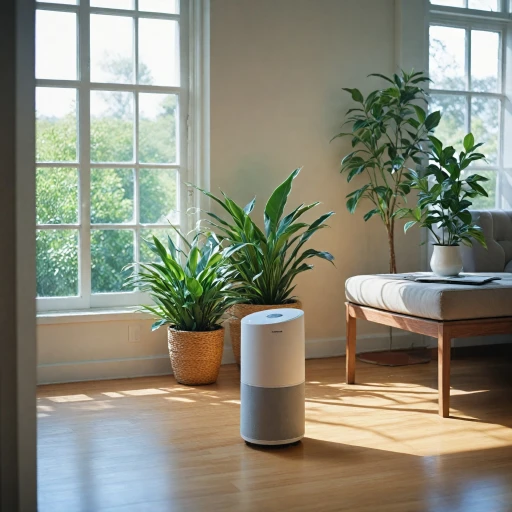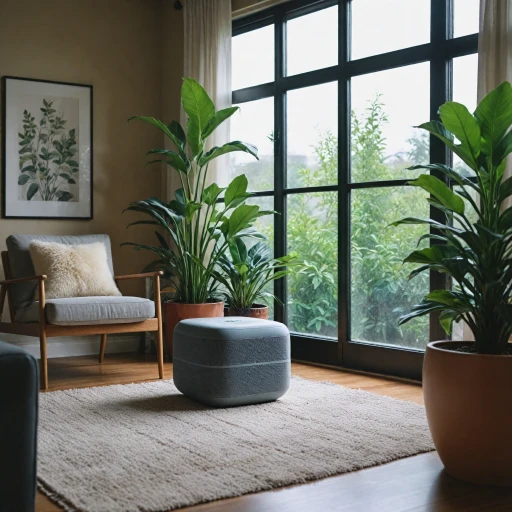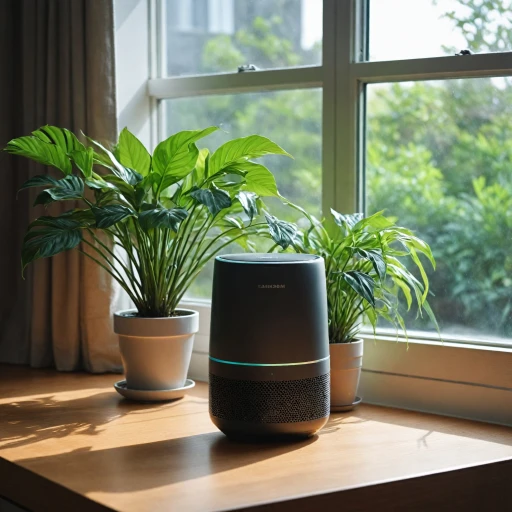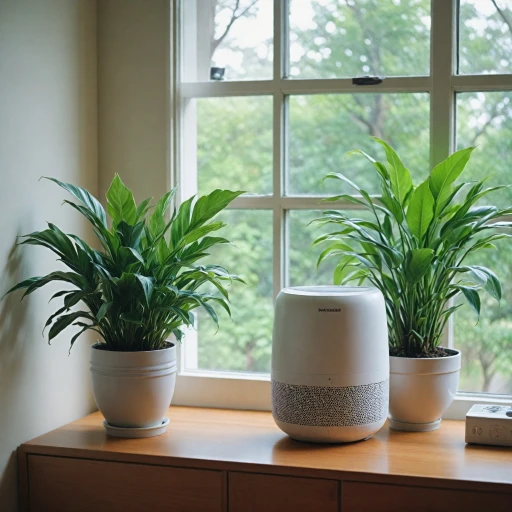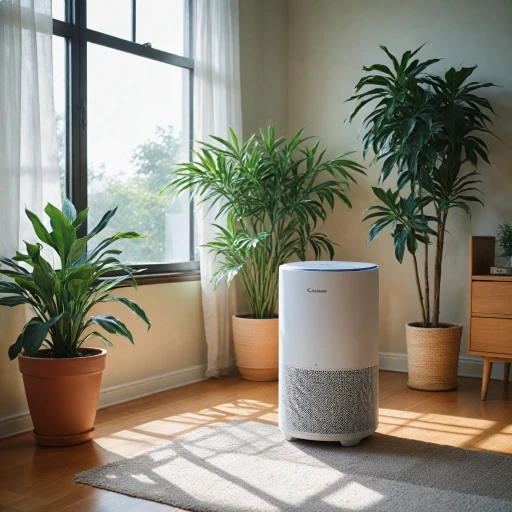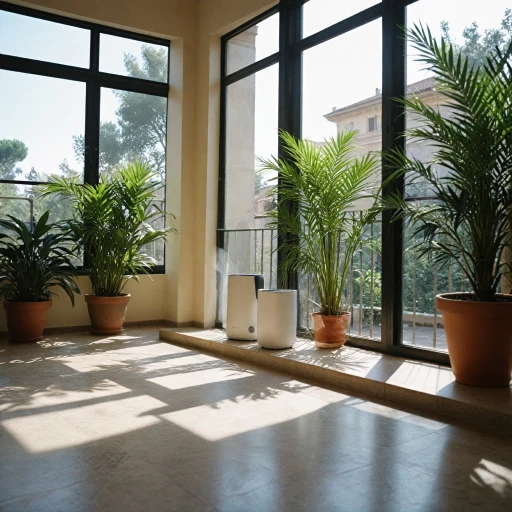
Understanding Filterless Air Purifiers
Exploring the Concept of Filterless Purification
Filterless air purifiers are a groundbreaking innovation in the realm of air purification. Unlike traditional air purifiers that rely on physical filters to capture particles such as dust, smoke, and pet dander, these models utilize advanced technologies to clean the air without the need for regular filter replacements. This design can be particularly appealing to those seeking cost-effective and low-maintenance options for improving air quality in their homes.
The market offers a variety of air purifiers, from those equipped with HEPA filters to advanced filterless systems like the Airfree series or Coway Airmega, each with unique advantages to cater to different needs and preferences. Choosing the right product involves understanding the specific technologies these units employ to deliver superior air quality across varied room sizes and environmental conditions.
Many filterless air purifier models promise to handle a range of air contaminants, including mold spores and dust pollen, ensuring a healthier living environment. Given their innovative approach, filterless systems are garnering attention for being among the best air purification solutions available, often highlighted by their competitive sale price and absence of hidden costs typically associated with frequent filter replacements.
For an in-depth examination of how these technologies function, understanding the benefits of ULPA Airpura with ozone generator may offer valuable insights into the mechanics of filterless purification systems.
Advantages of Going Filter-Free
Benefits of Ditching the Filters
Going for a filterless air purifier can have numerous advantages, making it an attractive option for many. Here's a closer look at why more people are seeing the appeal in these innovative products.
- Cost Savings: With no filters to replace, you'll save on the regular price of buying and maintaining your air cleaner. This can be a significant financial relief, especially for those with larger homes requiring multiple units.
- Eco-Friendly: By eliminating filters, you reduce the waste generated in maintaining your indoor air quality. This makes filterless air purifiers an environmentally sound choice, minimizing your carbon footprint.
- Low Maintenance: Forget the hassle of frequent cleaning and shopping for replacements. Most filterless air purifiers require minimal upkeep, saving time and effort while maintaining their efficiency.
- Continuous Performance: Unlike traditional systems where a dirty filter can reduce effectiveness, filterless models consistently remove particles like dust, smoke, and mold spores, ensuring a high quality of air purification in any room.
For a more comprehensive insight into why filterless could be the best air cleaning approach for your home, consider reading about the advantages of whole-house air filtration systems with UV technology.
Technologies Behind Filterless Purification
The Mechanics of Purifying Without Filters
When considering filterless air purifiers, it’s essential to understand the technologies that set them apart from traditional models. These purifiers boast unique mechanisms to clean the air, and while the absence of filters may raise eyebrows, the technology offers competence in managing air contaminants. In many of these filterless purifiers, technology leverages high efficiency to ensure effective air purification. For instance, one popular method employs heat sterilization to target harmful particles. Devices like the Airfree and other top models use this to precisely target airborne microbes, mold spores, and even dust pollen floating through indoor spaces. This method involves heating air to a temperature that effectively neutralizes pollutants without burning through filters. Not all filter-free air purifiers rely solely on heat. Some utilize ionization technology. By releasing negatively charged ions into the room, purifiers bind with positively charged particles like dust, smoke, and pet dander. This creates larger particles which eventually fall out of suspension in the air, reducing allergens in the environment. For portable room care, another approach uses air circulation paired with ultraviolet light. This double-action process exposes particles to UV rays, aiming to break down their molecular structure. Though the effectiveness in terms of air quality improvement varies with room size, it’s often cited as a viable option for maintaining cleaner air in areas up to 400 square feet. Filterless products offer some clear advantages over traditional HEPA filters. They are generally quieter, often leading to improved user satisfaction in large room settings. However, the sale price can be higher initially, reflecting the high-tech processes they incorporate. If you're pondering whether a filter-free option is your best air purifier choice, consider exploring more on alternatives such as ionic breezes and how they provide a viable solution by reading this comprehensive guide.Comparing Filterless and Filter-Based Purifiers
Contrasting Traditional and Filter-Free Air Purifiers
In the realm of air purification, choosing between traditional air purifiers with filters and modern filterless models can be a challenging decision. Both types of units are engineered to improve indoor air quality by reducing dust, smoke, pet dander, and other airborne particles, focusing on different purification methods.Efficiency and Maintenance: A Comparative View
- Filter-Based Purifiers: Typically equipped with HEPA filters, these purifiers capture up to 99.97% of particles as small as 0.3 microns, such as mold spores, dust pollen, and smoke. The initial price may be manageable, but the need for regular filter replacements results in ongoing costs. Many users prefer these for their reputation and proven efficiency in large room applications, such as the Coway Airmega models.
- Filter-Free Purifiers: Utilizing technologies like ionizers and heat sterilization, filterless purifiers, such as Airfree, target pollutants without the need for physical filters. They offer consistent air quality without the additional price for replacements, saving on long-term maintenance costs.
Size and Space Considerations
Filter-based purifiers often require more space due to their design focused on accommodating large filters and fans. However, their portable versions do exist, suitable for smaller spaces. Conversely, filterless options are commonly more compact, appealing to those who seek a minimalist setup without compromising on high air quality in limited square feet.Purification Effectiveness in Different Environments
Choosing the best air purifier largely depends on your specific environment and needs. If targeting specific particles like pet dander or tobacco smoke is critical, HEPA-equipped purifiers might be more advantageous. On the other hand, for general air purification without the hassle of changing filters, filterless options can be a powerful addition to your home. Ultimately, the choice between filter and filterless air purifiers rests on personal preference, budget considerations, and specific air quality needs. Whether it's navigating sale price options or evaluating the technology driving the best air cleaner for your room, it's essential to weigh the benefits and drawbacks to make an informed decision.Considerations Before Purchasing
Key Factors to Evaluate Before Purchase
When considering the purchase of a filterless air purifier, there are several important factors to keep in mind to ensure that you select the best product for your needs. This decision goes beyond a simple preference for a filter-based or filterless system and requires an evaluation of your individual requirements and expectations.
- Air Quality Needs: Assess the quality of indoor air and the specific issues you want the purifier to address, such as dust, pet dander, smoke, or mold spores. Consider whether a filter-free option can effectively manage these particles without compromising filtration efficiency.
- Room Size and Coverage: Calculate the square footage of the room where the purifier will be used. Ensure the model you choose is capable of handling the air purification needs of that space. Some air purifiers, particularly those intended for large rooms, might have better performance specs than others.
- Technology and Features: Understand the types of purification technologies employed by filterless models. Consider the advantages offered by options such as ionizers or other electrostatic methods compared to traditional HEPA or activated carbon filters.
- Cost and Maintenance: Evaluate the regular price and ongoing costs associated with different models, including any hidden costs for parts and maintenance. Unlike conventional filters that require regular replacement, filterless models might offer a more economical solution over time.
- Portability: If you're looking to move the air purifier between different rooms or if you need an option suitable for a portable environment, consider the size and weight of the model.
- User Experiences: Research user reviews and experiences to gather insight into real-world performance and reliability. While the manufacturer's specifications are crucial, firsthand accounts can provide additional context regarding the product's strengths and potential downsides.
Balancing these factors can guide you to a more informed decision, ensuring that the air purifier you choose delivers high-quality air purification while catering to your specific needs.
User Experiences and Reviews
User Feedback on Filterless Air Purifiers
Understanding the reception of filterless air purifiers among users can be vital for making an informed choice. Here’s a snapshot of experiences shared by users:- Effectiveness: Many users report satisfaction with the ability of filterless models to tackle common indoor pollutants like pet dander, dust pollen, and mold spores. They appreciate the absence of recurring filter replacement costs.
- Maintenance: A leading concern users express is the ease of maintenance. Without the need for regular filter changes, owners notice a reduction in ongoing upkeep, though some manage expectations around the technology variations.
- Quality and Design: Units like the AirFree and other top air purifiers often receive accolades for their compact, portable designs that fit seamlessly in any room setting.
- Performance: While users appreciate the air purification for smaller areas, some note that large rooms, requiring high square feet coverage, might benefit more from traditional units like the Coway AirMega.
- Price Reflection: Price is always a hot topic. Filterless purifiers generally offer a competitive initial price, but users weigh in on the efficiency versus cost over time when compared to conventional HEPA filter counterparts.
- Considerations: Users advise potential buyers to evaluate smoke and dust reduction specifically, as these particles often remain a challenge for certain filterless models.
